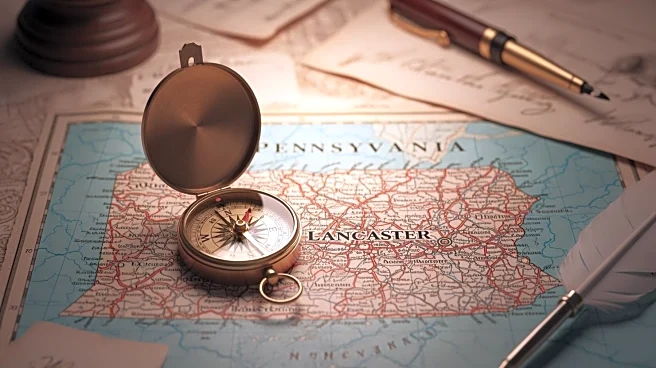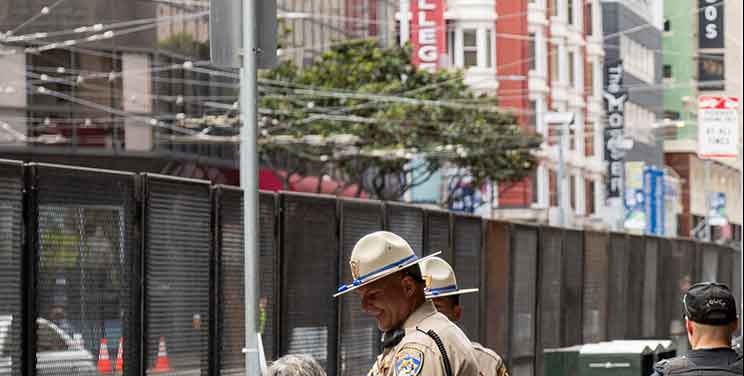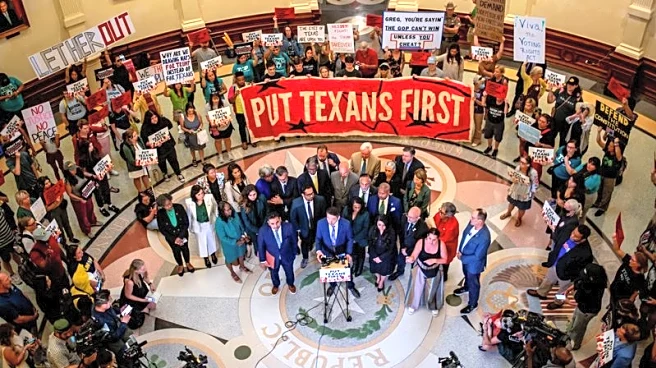Lancaster, Pennsylvania, is a city in Lancaster County, United States, and serves as its county seat. With a population of 58,039 at the 2020 census, it is the eighth-most populous city in the state. Lancaster is a core city within South Central Pennsylvania, with 552,984 residents in the Lancaster metropolitan area.
First Peoples & First Mentions
Originally called Hickory Town, Lancaster was renamed after the English city of Lancaster by native John Wright. Its symbol, the red
rose, is from the House of Lancaster. Lancaster was part of the 1681 Penn's Woods Charter of William Penn and was laid out by James Hamilton in 1734.
Explorers, Missions & Colonial Outposts
In the summer of 1744, the Lancaster courthouse was the venue for an important colonial treaty between the Haudenosaunee Confederacy and the Provinces of Pennsylvania, Maryland, and Virginia. During the American Revolution, Lancaster served for one day as the temporary capital of the United States.
From Empire to Nation: Transfers of Rule
Lancaster was the capital of Pennsylvania from 1799 to 1812, with the state capital located at the Court House. In 1812, the capital was moved to Harrisburg, where it has remained since. U.S. census reports show that, from 1800 to 1900, Lancaster ranked among the nation's top 100 most populous urban areas.
Rails, Roads & River Landings: Corridors That Sited Lancaster
The first long-distance paved road in the United States was the former Philadelphia and Lancaster Turnpike, which connected the cities of Lancaster and Philadelphia. Opened in 1795, the turnpike was paved with stone the whole way, and overlaid with gravel.
















